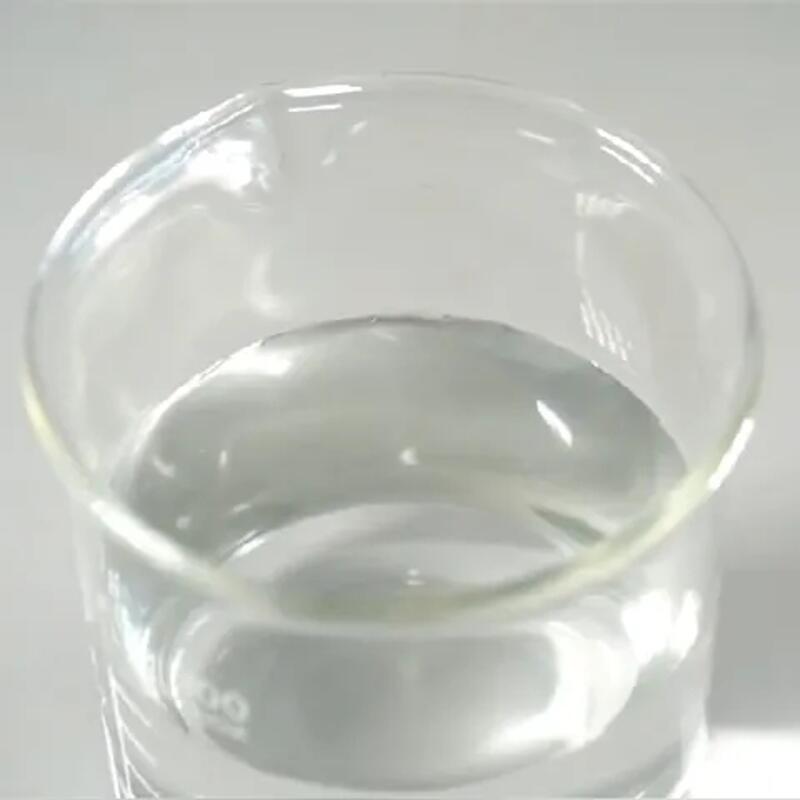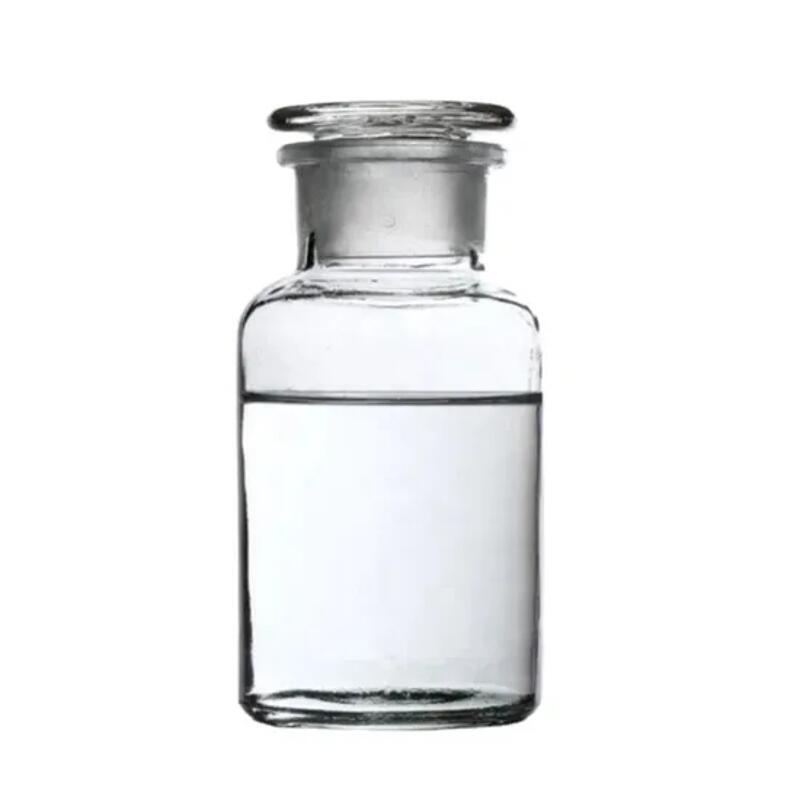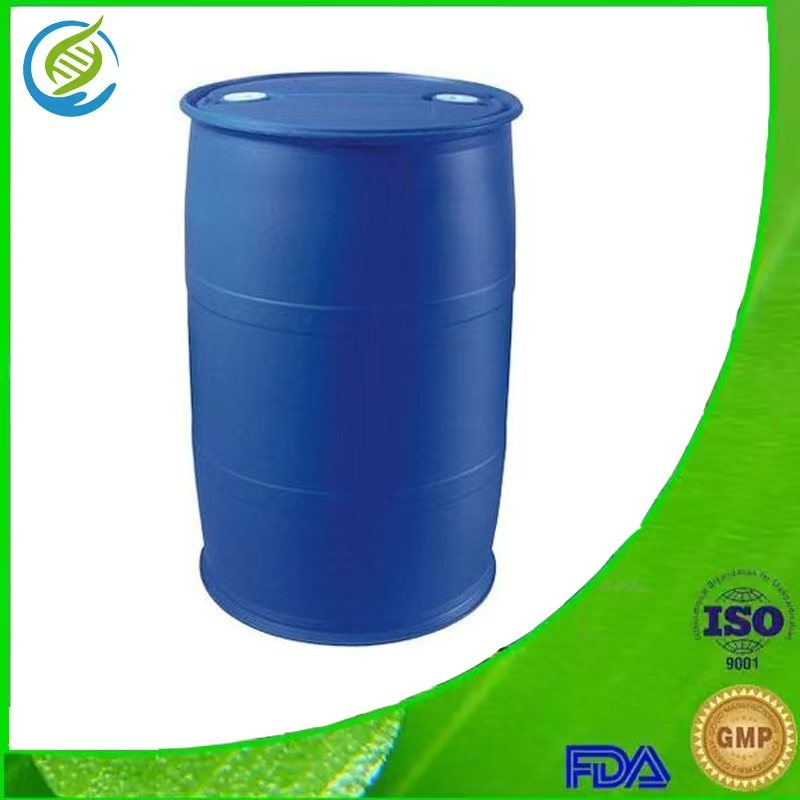-
Categories
-
Pharmaceutical Intermediates
-
Active Pharmaceutical Ingredients
-
Food Additives
- Industrial Coatings
- Agrochemicals
- Dyes and Pigments
- Surfactant
- Flavors and Fragrances
- Chemical Reagents
- Catalyst and Auxiliary
- Natural Products
- Inorganic Chemistry
-
Organic Chemistry
-
Biochemical Engineering
- Analytical Chemistry
-
Cosmetic Ingredient
- Water Treatment Chemical
-
Pharmaceutical Intermediates
Promotion
ECHEMI Mall
Wholesale
Weekly Price
Exhibition
News
-
Trade Service
Background and objectivethyroidectomy is a common surgical method that can lead to minor traumaHowever, postoperative pain remains the main challenge in patient careMulti-modal analgesics, which include a combination of analgesics and analgesic techniques, have become increasingly popular in controlling postoperative painThis study confirmed the hypothesis that the wound immersion and intravenous fluorolopin compound analgesics had a better effect than single-dose tramadol analgesics after thyroid root surgerymethodthe randomized controlled trial was conducted at a tertiary hospitalForty-four patients (age 18-75 years of age; ASA gradeD I/II; BMI 32 kg/m2) were randomly assigned to the multi-mode analgesic group (M group) or control group (Group C) with a total of 40 patients who completed the studyAll participants and the nurses responsible for follow-up observations were unaware of the group assignmentInduced anesthesia with sufffentani, propofol and shun aquor ammoniumAfter trachea intubation, group M receives pre-incision wound immersion, mixed with 5 ml 0.5% ropixcain with epinephrine at 1:200,000 (5 sg/ml); The alugasol, rifenite, heptaflueeee ether and intermittent lysing aquedium are administered to maintain anesthesiaTwenty minutes before the end of the operation, Group M received 100mg of fluoropolofen, while Group C received 100mg of tramadolPostoperative pain is assessed using the Numerical Assessment Scale (NRS)The consumption, heart rate, and noninvasive blood pressure of riffintani were recorded during the operationRecord adverse eventsThe main observation indicators were to evaluate the analgesic effect based on the NRS score fruit
Group M had a significantly lower NRS score of 8 h (P-0.016) before the anaesthetic recovery chamber (P-0.003), postoperative 2h (P-0.008), 4h (P-0.020) and 8 h (P-0.016) Group M had a significant decrease in the NRS score of coughing/swallowing after 5 min (p-0.017), before leaving the anaesthetic recovery chamber (p.001), 2h after surgery (p-0.002), and 4h (p.013) Compared to Group C, the NRS score decreased significantly during resting time (M - 0.008) and cough/swallowing (P - 0.003), the first 24 hours of group M surgery No serious adverse events were observed in either group concluding theory the multi-mode analgesics of the leperinin in the wound immersion of the joint intravenous fluorofenesters have a better analgesic effect than that of tramadol after a root-and-branch thyroid resection







